Looking for the light
We profile some of the people taking positive steps for those affected by March 2011's earthquake and tsunami

Posted: Tue Mar 11 2014
Making new memories
Kaori Kikuchi swipes through the photos on her cell phone until she finds a picture of her former house reduced to a pile of kindling. She says she can’t afford to buy a new home and she has lived in temporary housing ever since the 3/11 tsunami wiped away her worldly possessions. ‘I couldn’t even think about the future [at the time],’ she says.
Since then, she has married (she met her husband at the evacuation site) and given birth to a son, Kosei, now one year old. On January 26 [2014], she and her family travelled to Iwaki to sit for portraits with the professional photographers of Photohoku, a volunteer organisation determined to help families replace the photo albums they lost during the tsunami. Kikuchi says the pictures are the first portraits she has of her son, and the album they started with the assistance of Photohoku’s graphic designers is the only photo album she and her new family have.
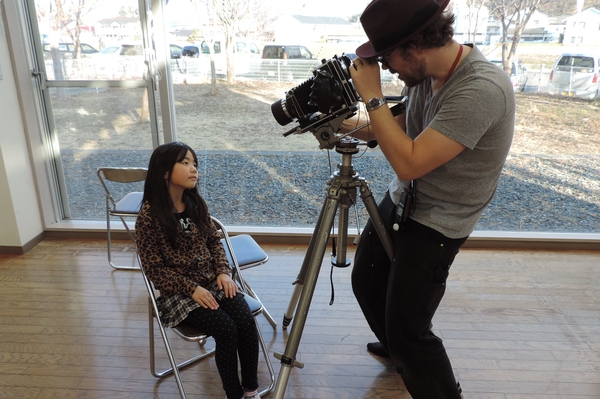
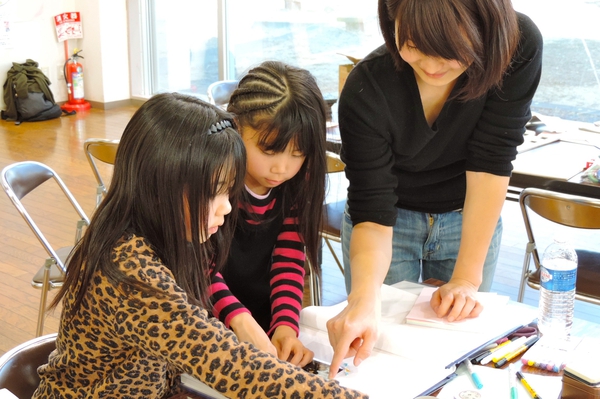
Photohoku began when Yuko Yoshikawa, proprietor of a family photography business, wanted to do more to support 3/11 victims. She enlisted her lead photographer Brian Peterson and with a group of like-minded volunteers they made 30 trips to Fukushima. Since September 2011, Photohoku has taken nearly 10,000 photos for over 600 families. ‘We never had a goal, but we’ve been asked if we are going to continue Photohoku,’ says Peterson, adding that they have also sent a team to Oklahoma and are helping set up a team in the Philippines. ‘After three years, we’ve been adopted by these communities and we’ve followed the stories of these people. We’ve seen how their photo albums have grown. Because we’ve made these friends, I don’t think we’ll ever stop our work.’
www.facebook.com/photohoku
The cotton babe biz
Produce farmers in the Fukushima area suffered dearly after the nuclear power plants were damaged from the 3/11 tsunami, emitting radiation into the atmosphere and tainting the soil. Volunteers for the Fukushima Organic Cotton Project have stepped in to bring production back to the land and set up a means of income for refugees. They began bringing groups of volunteers to plant cotton seeds in fields that once grew fruits and vegetables. The volunteers returned to cultivate the plants and use the cotton to make ‘cotton babes’ – dolls that can be sold as souvenirs.
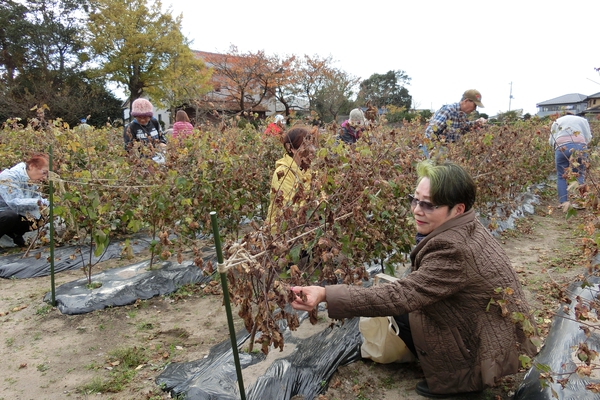
In 2013, the organisation cultivated three hectares of land and produced a yield of 800 kilograms of cotton, says Emiko Yoshida, president of the non-profit organisation The People, which presides over the Fukushima Organic Cotton Project. The People also raised money to open a community salon in the Onahama District of Iwaki, which has 500 to 600 visitors a month. In addition to using the facility to host workshops, training seminars and exhibitions, they teach refugees how to make the cotton dolls.
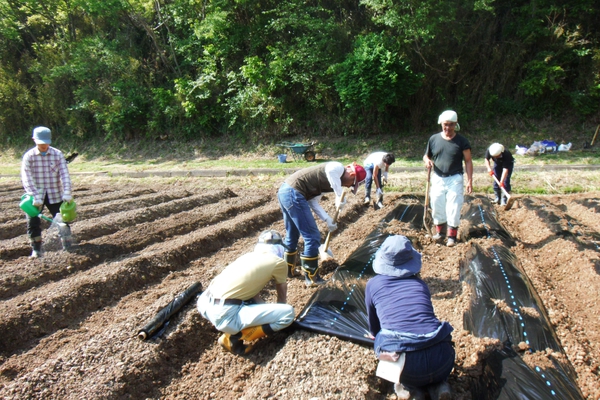
‘Slowly but steadily we are seeing the impact of our community space activities,’ says Yoshida. ‘Since we introduced our visitors to the “Making Cotton Babes” workshop we were able to pay some of the participants to make these ornaments for sale elsewhere. We are considering adding other workshops and activities like this, which will promote the financial independence of evacuees.’
www.iwaki-j.com/people/ (only in Japanese)
Knights in White Lycra
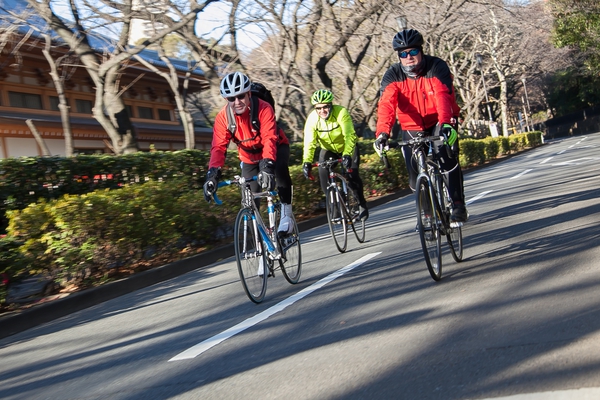
In late 2012, members of a monthly lunch club of British expats extended their lunch longer than usual, and as the wine kept flowing, they decided to combine their common love for cycling with their desire to help victims of the 3/11 tragedy. Thus the Tokyo Brits were born. ‘Many of us have lived in Japan for years, so we wanted to give back to the country we call home,’ says member Robert Williams. The group decided to ride 340km from Tokyo to Minamisoma in April 2013 in order to raise funds for the Save Minamisoma Project, which provides regular deliveries of fresh food and water for residents in temporary housing. They raised funds via sponsorships with activities including a pub night, which brought in ¥200,000, and by selling space on their cycling jerseys. One sponsor even paid to have its logo planted on or near their backsides.
‘In spite of a blizzard wiping out one of our days, we eventually arrived in Minamisoma having raised ¥2.7 million,’ says Williams. ‘The elation of having completed the ride and the pure emotion of meeting the grateful local residents, together with the sadness of seeing the devastated coastline with our own eyes, inspired us to make the charity cycle ride an annual event.’ In May last year, the Tokyo Brits completed a four-day, 465km ride to Minamisanriku, raising over ¥5 million for OGA For Aid Japan, a Japanese registered NPO, which is using the funds to build a vegetable processing factory. The Knights will be reprising that ride in May 2015 – check out their website below for all the details.
www.facebook.com/cycle4tohoku
www.kiwl.net
You can help
One of the most essential aspects of recovery is rebuilding the numerous buildings that were destroyed. ArchiAid is comprised of a group of Japanese architects who have stepped in to support revival and reconstruction, including the rebirth of the region’s architectural culture and education. To find out how you can help, by way of donations or expertise, visit archiaid.org/english.
This article originally appeared in issue 2 of Time Out Tokyo magazine.

Tags:
Tweets
- About Us |
- Work for Time Out |
- Send us info |
- Advertising |
- Mobile edition |
- Terms & Conditions |
- Privacy policy |
- Contact Us
Copyright © 2014 Time Out Tokyo










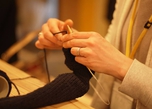

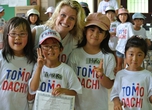
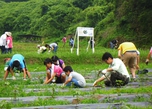

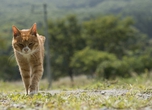


Add your comment